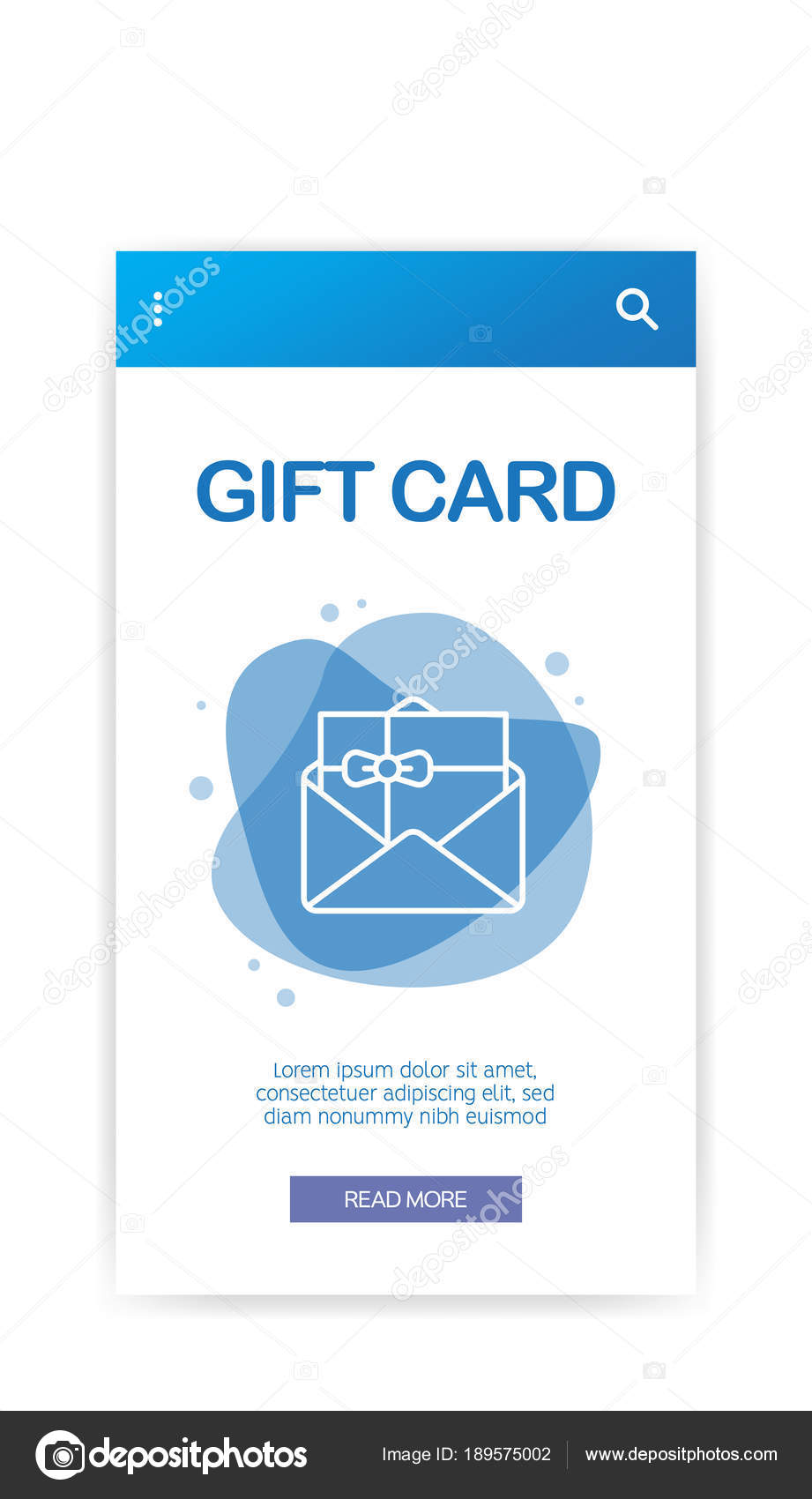A laser is a powerful tool for marking and engraving on materials like steels, timber, and glass. However when dealing with a breakable material like glass, accurate placement of your design is critical.
Unlike other laser-marked products, glass does not evaporate yet cracks when exposed to laser heat. This gives the engraved surface its characteristic look.
Local Home heating
The laser light connects with the glass surface area, creating local heating and possibly vaporization or ablation. This creates an etched, frosted, or engraved appearance. Unlike inks and paint, laser marking marks are long-term and do not fade gradually.
Laser etching on glass is testing as a result of the product's brittleness and sensitivity to thermal shock. The abrupt, quick temperature level adjustments created by high laser power can cause cracking and breakage of the surface.
To reduce this risk, laser engravers use water chillers to help manage the heat and spread it evenly over the surface. Using a wetting material or covering up the surface area additionally aids to minimize fracturing and boost laser efficiency. Furthermore, reducing the laser power setup and boosting the etching speed assistance to maintain a consistent temperature. Also, avoiding revealing the glass to hot air or water immediately after inscribing will certainly additionally lessen the danger of thermal shock and splitting.
Transparent Materials
Many different laser machine types are readily available, with each having distinctive wavelengths and power arrays. Some have the ability to create high-contrast engravings on glass while others may call for added procedures to make sure ideal results.
For example, making use of a paper mask to shield the surface area of your workpiece from heat can help reduce damaging by dissipating the laser light beam's warm before it has a chance to influence the glass. In a similar way, using a thin coat of recipe soap can likewise reduce the amount of glass fragments that are sent out after the laser procedure is total.
Lastly, it is essential to keep the laser head at a regular speed throughout the entire procedure to avoid sudden changes in temperature that can lead to fracturing. In addition, a water-cooled laser system can likewise help take care of the influence of laser warm on delicate products such as glass. Furthermore, opting to make use of a Jarvis dither pattern on your laser motorist decorative glass for homes settings will divide the dots of your graphic, reducing their total warm consumption and influence on the material.
Precision
Laser inscription is among the most specific techniques for glass marking. It permits premium, customized presents or service applications such as engraved glass wares for restaurants that promotes brand name identity and top quality.
Engraved glass is durable and able to withstand daily use and cleansing, making it appropriate for a variety of applications. It likewise offers wonderful adaptability when it comes to the layout of patterns, pictures, and message.
Ensure you use the ideal type of glass for your task and fine-tune your laser setups before beginning. Different sorts of glass react in different ways to warm, and adjusting the laser power based on density helps prevent cracking. Additionally, a water-chiller decreases temperature level fluctuations that bring about breaking. Ultimately, concealing the surface area of your glass workpiece with a paper towel or a layer of recipe soap can assist dissipate the laser warmth and avoid chipping. It is likewise important to protect your glass workpiece with a jig to lessen movement that causes imbalance.
Sustainability
Laser marking on glass is an eco-friendly process that lowers the use of harmful chemicals and provides clear, long-term high-resolution codes. This helps secure items against meddling and counterfeiting while instilling confidence in clients.
With a little prep work, laser engraving on glass opens a world of possibilities for musicians and manufacturers alike. It is an economical and sustainable option to typical engraving methods such as sandblasting or engraving creams.
Prior to inscribing, it is essential to pre-heat the glass. This helps limit thermal shock and stay clear of cracking of the fragile product. Keeping the power settings reduced and making use of a slower cool down can likewise aid to prevent glass splitting. In addition, a fume extraction system can assist get rid of smoke, dust, and particulate particles from the work space to keep the working environment secure and clean. Once your system is appropriately established, it's a good idea to explore a couple of samples to discover the most effective setup for your particular kind of glass.
